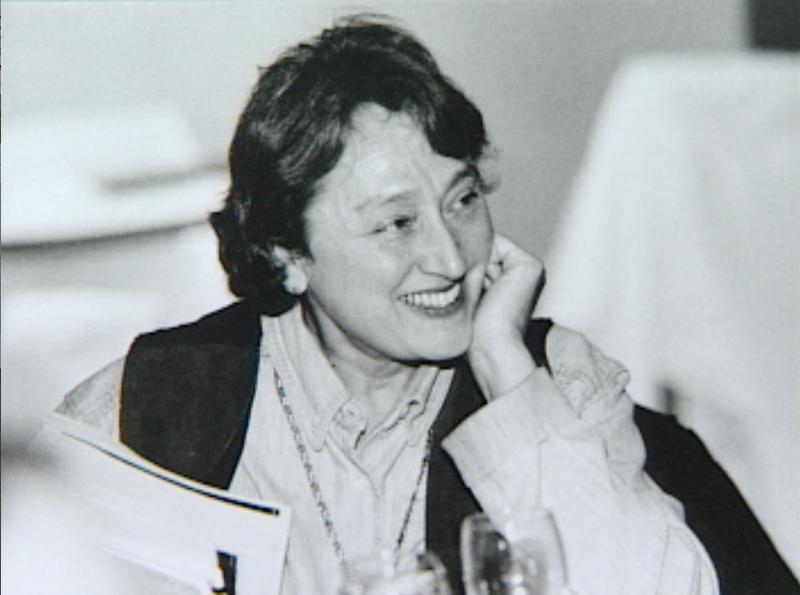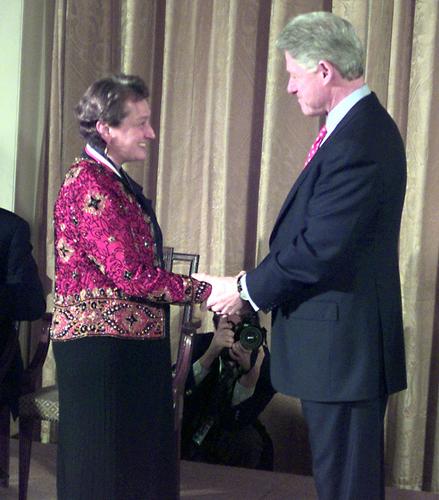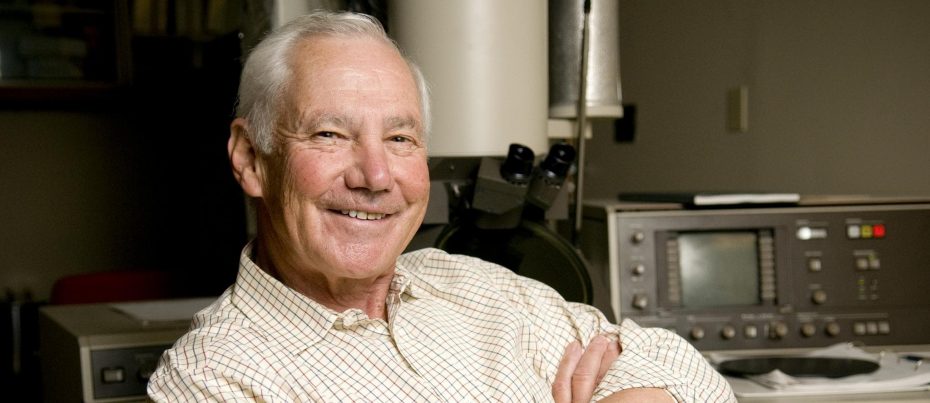Before Lynn Margulis, scientists believed that evolution solely occurred from random gene mutations. In the late 1960s, Margulis began to develop her theory that would undercut traditional, Darwinian views of evolution.
While Margulis did not argue against the role of random mutations in evolution, she put forth the notion that the foundation of evolution is two organisms of different species benefitting through coming together and synchronously reproducing. She contended that evolution had a jump start with the help of unicellular organisms joining to form hybrids, and, over generations, leading to multicellular organisms with more complex DNA. Margulis supported this theory through showing mitochondria have their own nuclei with different genetic makeup than their cell’s DNA. Her theory subverted traditional theories of evolution, suggesting that evolution has it roots in symbiosis, rather mutations occurring within a single organism’s genome.
Although her theory would prove to be critical to studying evolution, it was considered controversial and even ridiculed at the time. The manuscript containing Margulis’s theory was rejected fifteen times before it was finally published in 1967. Margulis’s revised version of her thesis, titled “Symbiosis in Cell Evolution”, while still controversial when published, is today widely acknowledged as evolutionary doctrine.
By Kristen Brida








